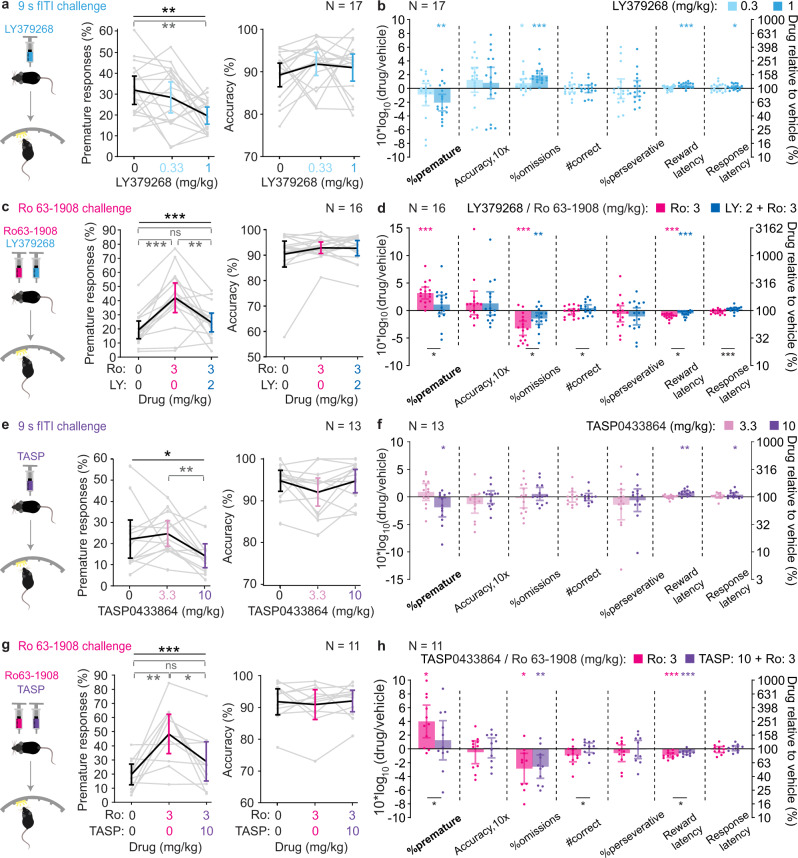Fig. 6. Reduction of impulsivity by the mGluR2/3 agonist LY379268 and the mGluR2-PAM TASP0433864.
Absolute values of %premature responses (left) and attentional accuracy (right) after injection of vehicle (0) or various doses of LY379268 (LY; a, c) or TASP0433864 (TASP; e, g), as indicated, in the parametric 9s fITI (a, e) or pharmacological Ro 63-1908 (Ro, c, g) challenge conditions. The same group of 18 male C57BL/6 mice was used for every LY-experiment and the same group of 13 male C57BL/6 wildtype mice was used for every TASP-experiment with contributing N-numbers indicated in the accuracy panels. Black stars indicate significant effects of dose; grey stars indicate significant paired post-hoc comparisons between dose-levels (Sidak). (b, d, f, h) Drug-induced changes in the corresponding experiment identified in a, c, e, g measured as log10-transform of the within-subject ratio (value after drug(s)/value after vehicle) for relevant behavioural performance parameters on the 5-CSRTT are shown for the tested doses and drug combinations as indicated in the colour legend. Asterisks indicate one-sample t-tests against 0, colour-coded according to the dose. For the Ro-challenges (d, h), the results of paired t-tests between the two drug conditions are also indicated by black asterisks below bars. See Supplementary Tables 10, 11 (for LY) and 13-14 (TASP) for statistics, further analysis, and reasons for varying N-numbers across experiments. N-numbers are stated in each panel. *P < 0.05; **P < 0.01; ***P ≤ 0.001; error bars, C.I.; individual dots or dot-lines represent subjects.

